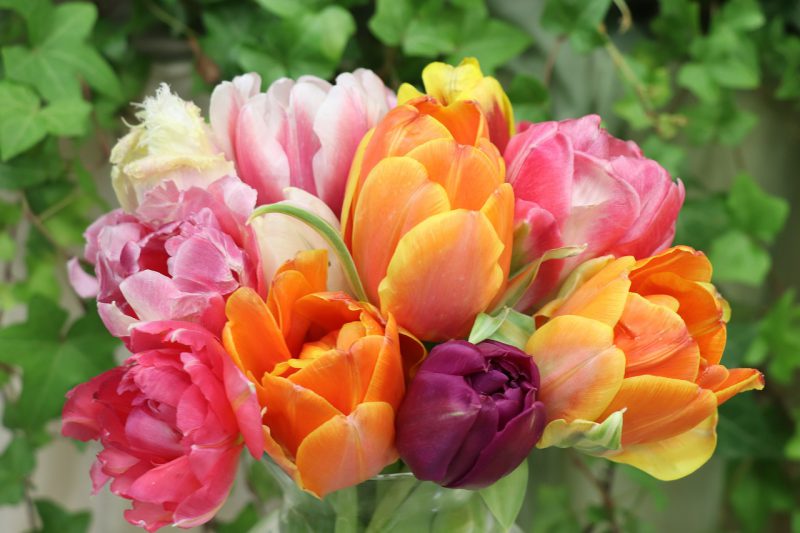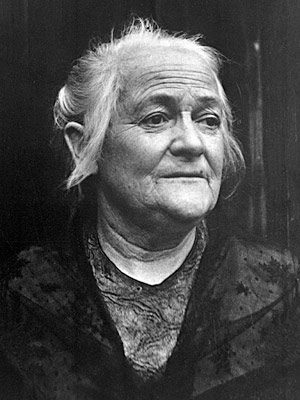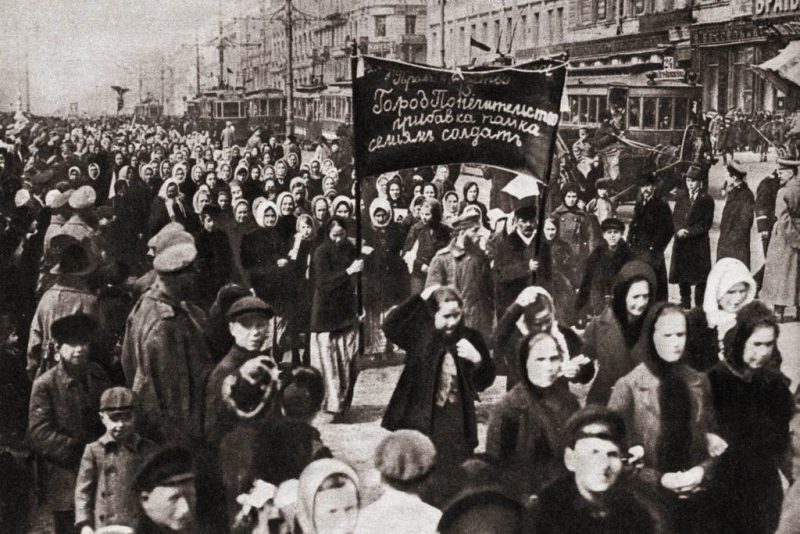March 8 – International Women’s Day
Today, on March 8, in Russia and in a number of other countries of the world, people celebrate International Women’s Day. In this article we will tell you about the history of this holiday and what it means for Russians today.

The beginning
The idea of International Women’s Day was first born in the early 20th century, at a time when the industrialized world was experiencing a period of expansion and upheaval, a demographic boom and the emergence of radical ideologies.
On February 28, 1908, a rally was held in the United States with slogans about the equality of women. More than 15 thousands women participated in that rally. They demanded shorter working hours, equal wages for men and women, and the right to vote for women. In 1909, the Socialist Party of America declared National Women’s Day, which was celebrated on the last Sunday of February until 1913.
In 1910, delegates from the United States arrived in Copenhagen for the Second International Conference of Socialists Women, where they met with the well-known communist and leader of the women’s group of the German Social Democratic Party Clara Zetkin. It was Clara who put the idea of celebrating International Women’s Day forward. The purpose of this holiday Zetkin called the fight of women for their rights. The proposal received unanimous approval from the conference’s partners – 100 women from 17 countries.

In 1911, this holiday was first celebrated on March 19 in Austria, Denmark, Germany and Switzerland. More than a million men and women took part in the demonstrations on that day. As before, women sought equal work rights with men, the right to vote and to hold leadership positions. In 1912, the holiday was celebrated in the same countries on May 12.
In Russia, women’s day was first celebrated in 1913 in St. Petersburg. In the petition addressed to the mayor, it was announced as a “scientific morning on women’s issues”. The authorities gave permission, and on March 2, 1913, one and a half thousand people gathered in the building of the Kalashnikov grain exchange. The agenda of scientific readings included the following questions: the right to vote for women, state provision for maternity, high cost of living. At that time, despite some exceptions, the women’s movement in Russia was not really welcomed. Rallies were prohibited, women’s clubs that dared to open were closed by authorities.
The following year (1914), on 8 of March or around that day, in many European countries women organized marches in protest. For the first time, women’s day was celebrated on March 8 internationally: in Austria, Denmark, Germany, Netherlands, Switzerland and in Russia. Sadly, very soon the outbreak of the First World War made Europe forget about any holidays for a long time.
8th of March in USSR
In 1917, Russian women took to the streets on the last Sunday of February with the slogan “Bread and Peace”. Almost at the same time, 4 days later, Emperor Nicholas II abdicated the throne, the interim government guaranteed women the right to vote. This historic day fell on February 23, according to the Julian calendar, which was used in Russia back then, and on March 8, according to the Gregorian calendar.

After the Bolsheviks came to power, the Women’s Day received an official status although it still stayed a working day. March 8th was designed to avert the Soviet people from religious holidays: Maslenitsa which falls around the same time and the Myrrh-bearing Women’s Day, celebrated on the third Sunday after Easter and considered to be the Orthodox Women’s Day. Officially, in those early years of Soviet power, the holiday was called “The Day of the Working Women” which emphasized its social meaning: it was not a “women’s” day but a day of concern for working women.
That early version of the holiday had nothing to do with the current one which puts the accent on motherhood and femininity. There was also no tradition of delivering grateful speeches on behalf of all men addressed to all women in their family: mothers, wives, daughters. In the 1920s and 1930s, it was not men who talked about women, but women talked to each other: working and peasant women called each other for socialist productivity competition. Gifts to women were not encouraged either, on the contrary, gifts from the women themselves were generally accepted. Female employees were taking on themselves various kinds of heightened obligations, organizing socialist competitions, etc.
But gradually the women’s day in the USSR has lost its political coloring. Already in the late 30s, the government began to think about poor demographic situation in the country and how to increase the birth rate. The media began to promote the cult of the family, and the holiday became a celebration of wives and mothers and finally acquired its permanent name “Women’s Day”.
In 1965, the holiday was finally made a non-working day. This happened simultaneously with the introduction of the holiday on May 9 (Victory Day). These two additional holidays should have calmed the unrest among the working class and symbolized the approach of communism which was promised to happen in 1980. The holiday even got its own ritual: at ceremonial events, the state reported back to the society on the implementation of the state policy towards women, and the award “Best Worker” was given to some women.
In 1975, Soviet ideologues finally succeeded in fulfilling their long-held dream: that year was declared by the United Nations the “International Year of Women”, and at the suggestion of the USSR delegation the 8th of March got its official status of “International Women’s Day”. Since then, it has been celebrated by the UN annually as the “International Day for the Rights of Women and International Peace”, and each year it is devoted to a specific topic. Before that, the holiday was celebrated exclusively in the socialist countries, but after the UN recommendation, the number of celebrating countries began to grow.

International Women’s Day is now celebrated in such countries as: Armenia, Azerbaijan, Angola, Georgia, Kazakhstan, Cambodia, Kyrgyzstan, North Korea, Moldavia, Mongolia, Serbia and Montenegro, Ukraine, Belarus, Lithuania, Romania, Italy, Eritrea, Bulgaria, Poland and Abkhazia. In Uzbekistan and Tajikistan it’s called “Mother’s Day”, and in China women enjoy shortened working hours on that day.
March 8 in Russia today
The modern celebration of Women’s Day no longer has the goal of establishing equality, but is considered the day of spring, feminine beauty, tenderness, spiritual wisdom and attention to a woman, regardless of her status and age.
March 8 in Russia is comparable in popularity to the New Year – it is celebrated by almost everyone. On that day, men give women the first spring flowers (tulips, daffodils and lilies of the valley), attention and verbal congratulations mixed with compliments. Women and children, in turn, congratulate their mothers and grandmothers.
If by luck, you are in Russia on March 8, do not forget to congratulate your female friends, colleagues and all the women with whom you happen to interact. And if you are outside of Russia, send a little text to your Russian female friends and acquaintances. Russian women will appreciate it and you will make a very good impression. 🙂
And if you are a women, we heartily congratulate you on this holiday, wish you many smiles and happiness!






